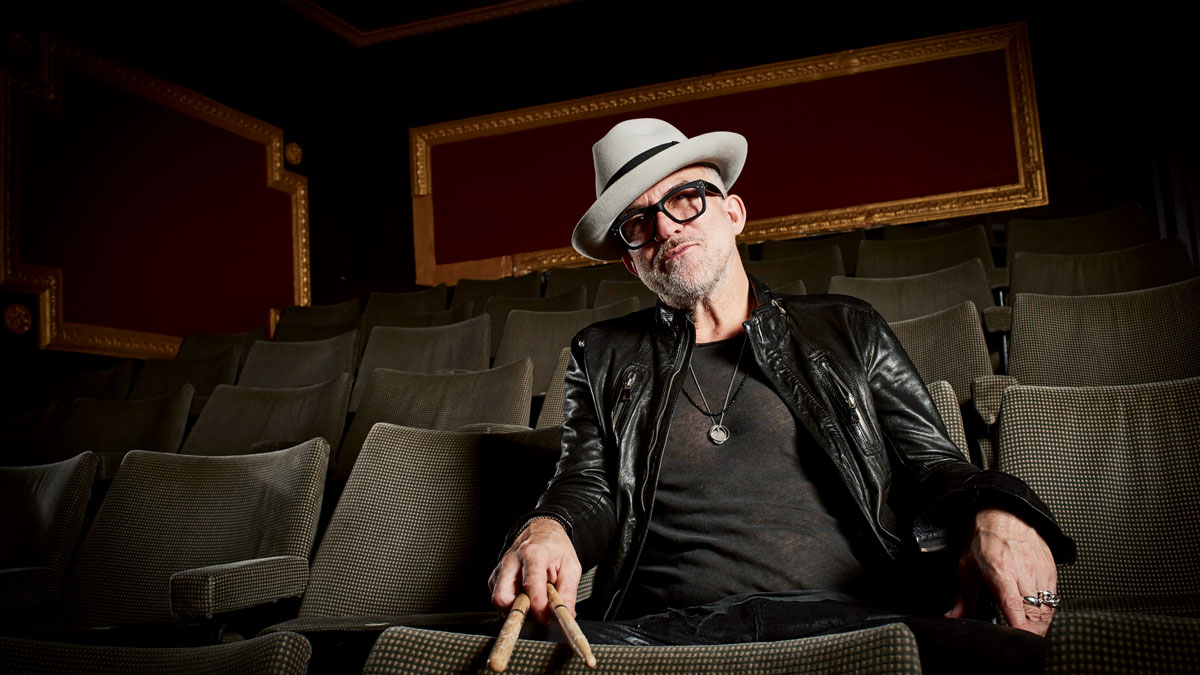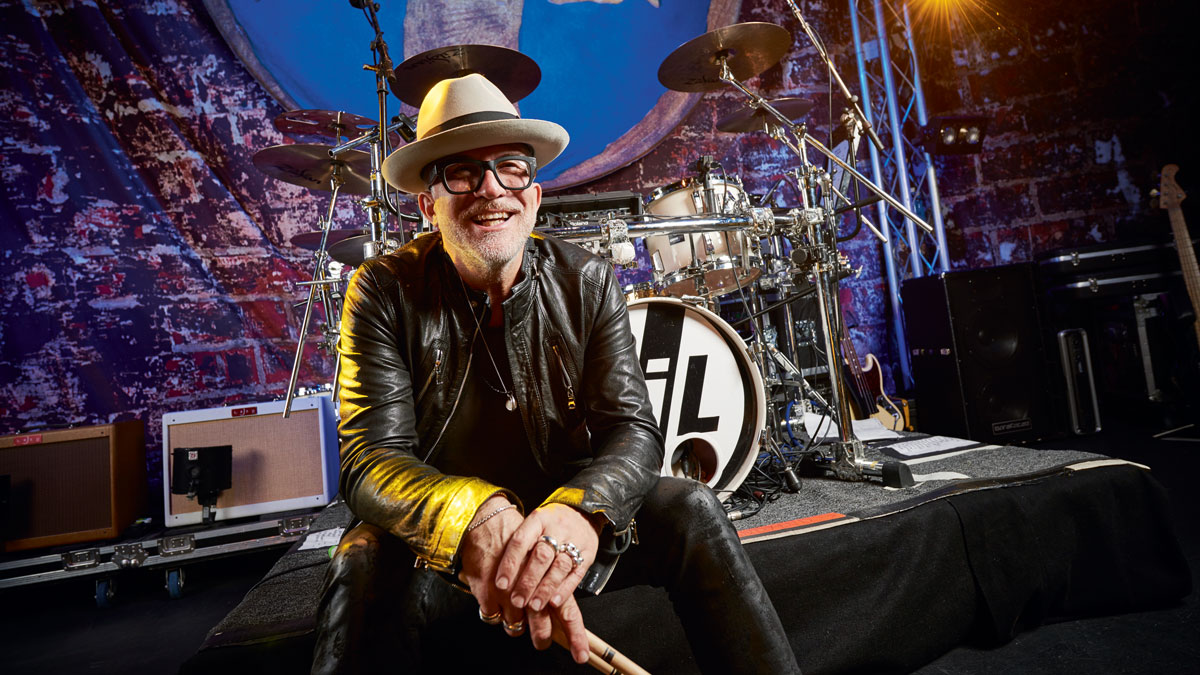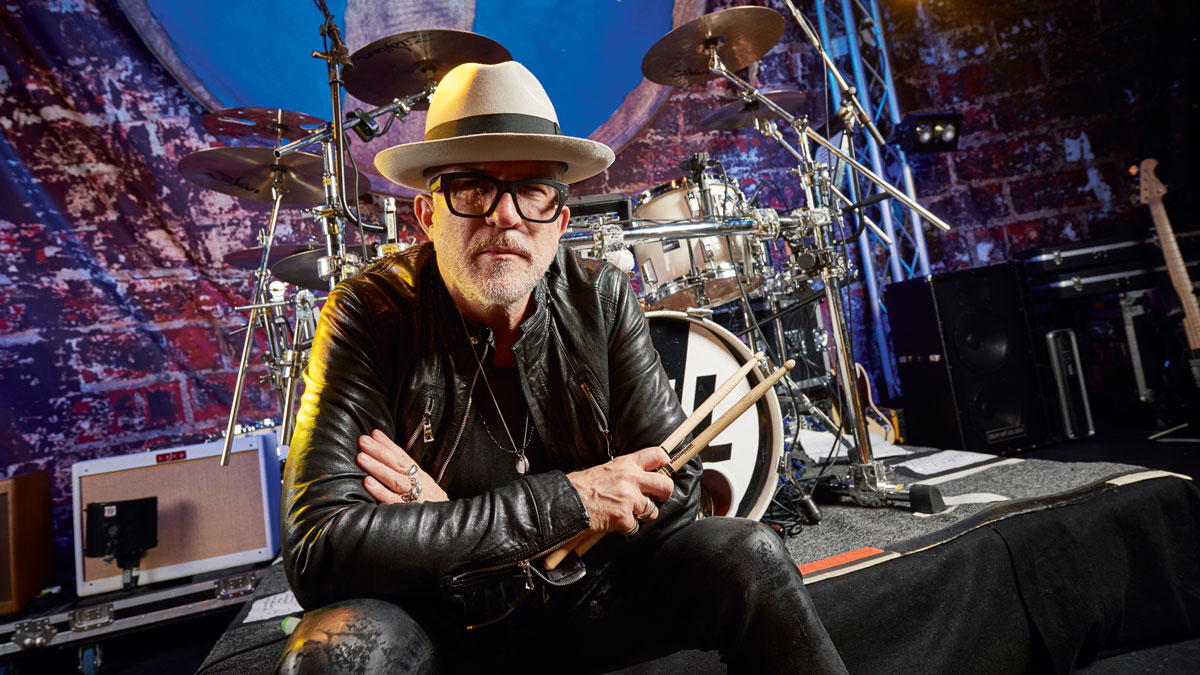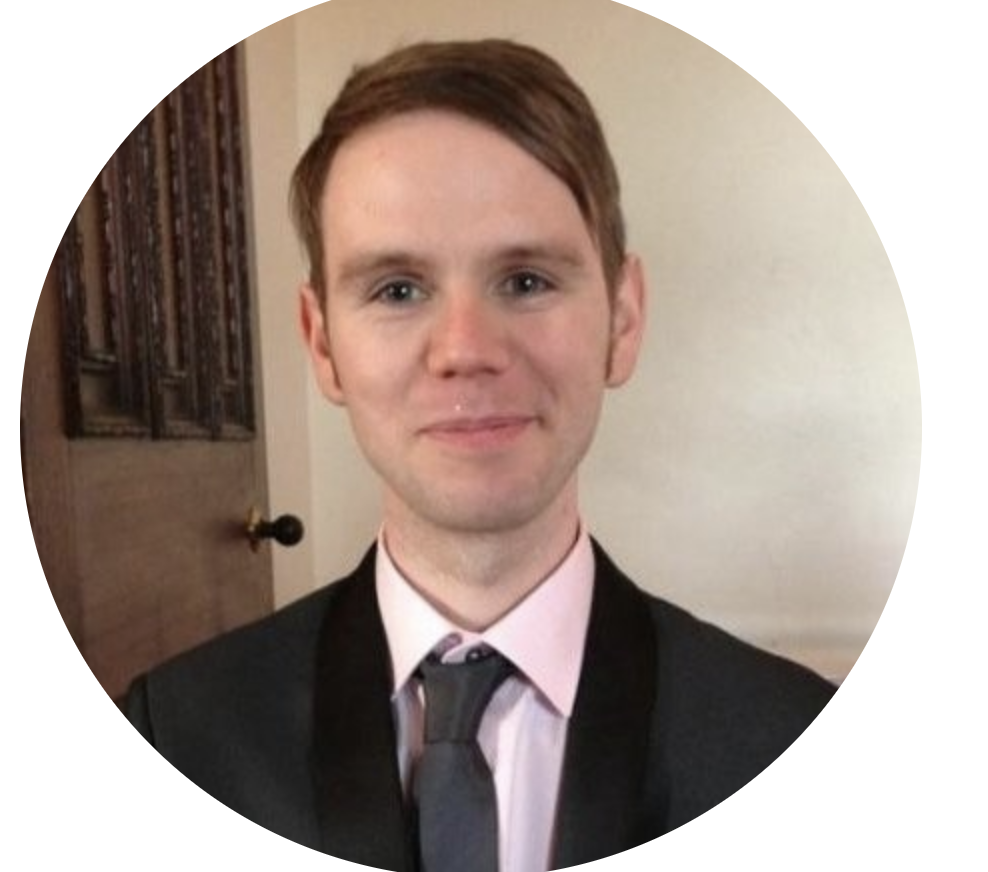PiL drummer Bruce Smith on 40 years of post-punk
The Brit-born vet on the joys of having no limits

Punk, The Pop Group and PiL
“We recently did a festival in Leipzig, it was the world’s biggest goth festival,” explains an ever-so-slightly bemused Bruce Smith.
“We weren’t really sure what to expect or why they had even booked us. But it was great, we played to a full house at one in the morning. It was fantastic.
Such experiences are commonplace for smith and his Public image Ltd bandmates. The group, led by John Lydon and also featuring Lu Edmonds and Scott Firth, have been winning over potentially hostile audiences and confounding popular opinion ever since Lydon’s Country Life butter bounty paved the way for their studio comeback with 2012’s this is PiL.
Smith first joined up with Lydon in 1986 as part of a PiL line-up featuring guitarist John McGeoch and bass player Allan Dias. Smith, who had cut his teeth with post-punk pioneers the Pop Group, remained part of PiL until the band fizzled out in the late ’90s.
After a spell as an in-demand London session musician and seven years working on projects in New York, Smith got an unexpected call from Lydon in 2009 to reform PiL. Few would have imagined that the reunion would last seven years and counting, fewer still would have guessed that it would yield two records. The most recent of which is the excellent What The World Needs Now….
Released in 2015, the record is classic PiL, fuelled by Lydon’s ever-intriguing snarl and carried along thanks to Smith’s reggae-influenced beats. When PiL rolled into town we jumped at the chance to chat with the post-punk drum hero as we endeavoured to find out all about PiL past, present and future.
The Pop Group came very early on for you, perhaps before you had honed your playing ability
“It was very early on. I had played a bit but I wasn’t terribly experienced when I joined the Pop Group, I was still a beginner basically but we all were. We were learning and writing at the same time. We had some pretty high ideals [laughs]. We were trying to create something that was individual and exciting to us. We wanted to do what we wanted and not copy others. We had a lot of influences, some of which were quite sophisticated musically. My own skills were very different from the kind of thing I was listening to. I had the idea of what I wanted to do but I wasn’t particularly able to execute them. That’s part of getting your own voice.”
The Pop Group was one of the early post-punk bands and punk rock was a huge motivator for us, but we weren’t really rockers. That wasn’t what we were into.
A lack of ability must have had a big impact on your early playing style
“Oh most definitely. The Pop Group was one of the early post-punk bands and punk rock was a huge motivator for us, but we weren’t really rockers. That wasn’t what we were into. I grew up in a family where my dad had an amazing record collection with everything from New Orleans jazz to Miles Davis and early Herbie Hancock. Reggae was a huge part of my experience growing up as well. There were a lot of syncopated rhythms, that’s what I was really turned on by and that’s what I was trying to do [laughs].”
The Pop Group was an eclectic band. Were you ahead of your time?
“I don’t know how innovative we were, we were certainly very arrogant. We were just busy doing what we were doing. The early Public Image records came out at around the same time, I think Metal Box came out jut after Y. At that time we weren’t aware of what other people in other cities or around the world, we didn’t have the coverage like we have now where you are immediately aware of what everyone is doing. Back then we didn’t have that so we just did what we did.”
Was Y your first studio experience?
“It wasn’t, but it was a huge learning curve. We did a couple of demos at the old Olympic Studio but when we did Y I didn’t have much experience. The producer Dennis Bovell was a huge influence in that regard. A great producer realises who he is producing, what their talents are, and their talents may be minimal, and then figures out how to make the artist’s vision come to life. Dennis was really good at that.”

Here comes Mr Lydon
The Pop Group split in 1981, why was that?
“We were very young and idealistic and less willing to make compromise than we would be now. We made our second album and people were going in different directions. The very nature of the Pop Group was that it was explosive, it wasn’t something you could hang on to and harness into a commercial exercise.”
You joined PiL in 1986, did you feel more accomplished as a drummer by then as opposed to the early days of the Pop group?
“Oh yes. After the Pop Group I made a couple of records with Rip Rig + Panic, I did a bunch of touring so by the time I started playing with John in 1986 I had much more experience and played all different disciplines. Reggae is a discipline. I remember going into the rehearsal with Lyndon Johnson in 1983 and we only had a few days to learn 25 or so songs. The first day [producer] Dennis said to me, ‘No rolls, you can’t even hit the f***ing cymbal, you’re just playing the pattern.’ That was some really great advice.“
The very nature of the Pop Group was that it was explosive, it wasn’t something you could hang on to and harness into a commercial exercise.
Did the PiL gig come about through moving in similar circles to John?
“Through the Slits and I had met him a couple of times in the past. There was a famous gig where the Pop Group played with PiL in Manchester as well so even though we didn’t know each other all that well there was a connection there. After John made Album we coincidentally had the same manager which helped to bring us together.”
Whether it be with the Pistols or Pil John has always attracted a devoted following. How did it feel to be joining this much-loved band, and in doing following the likes of Ginger Baker, Tony Williams and Mike Joyce?
“It was exciting, for sure and also a little daunting. I had some big shoes to fill, although I never thought about that I just wanted what I was doing to sound great. That band at times was very good, but I think it is better with one guitar as we have now. I think having two guitarists was a creative challenge.”
I always have a zillion ideas like most drummers. John might like at me and say, ‘Oh yeah,’ but if he or the other guys aren’t finding it stimulating then I will go, ‘Ok, try this one.’
Is John hands-on when it comes to drum parts and ideas?
“Oh for sure, we all do. I always have a zillion ideas like most drummers. John might like at me and say, ‘Oh yeah,’ but if he or the other guys aren’t finding it stimulating then I will go, ‘Ok, try this one.’ They might say something is a little too complicated or make a part leaner. I accept that role. People sometimes ask me what I do and I say that I’m in the inspiration business. That’s what I do, I try to inspire the audience and my fellow musicians. You’re not up there to just whack away, you’re up there to inspire people to create their own music or to dance and move. John has a very good understanding of rhythm and of how the vocal fits in with the drum patterns.”
PiL disbanded in the early ‘90s, what came next for you?
“I did a lot of session work before I moved to New York. I played on a lot of different records. The biggest hits were the first Terence Trent D’arby album, Bjork’s album and Soul II Soul as well, I played on ‘Back To Life’. I played on some great records. When I moved to New York I wasn’t doing so much of that because I was involved in a bunch of musical projects. I was writing and producing projects, some of which saw the light of day and others that didn’t. I spent some years in he early ‘90s writing and producing music for TV, for some TV movies, for TV commercials. I had just spent ten years of my life touring so that was great to broaden my outlook and it gave me some other musical experiences other than touring. To have a career in music one needs to learn as much as about it as one can.”
How did you become involved in the Bjork record? That seems a very different project drumming-wise to The Slits and PiL
“Nellee Hooper produced that album and we are old friends. Nellee would have a track and the beginnings of a song but when we did the drums a lot of the music wasn’t arranged. They would hack it together later. That record is a combination of things that are programmed and things that are live, but that record came out great.”

PiL return!
When the call came to reform in 2009 what was your reaction? It had been 20 years or so since you last worked together, so had you long given up that the band would play together again?
“Oh yeah, I had been living in New York and I was not considering it at all. John called me out of the blue and it was a very pleasant surprise. I think a promoter was trying to put something together for the anniversary of Metal Box. John took that opportunity to get us back together. I don’t think any of us imagined at that point that we would go on to make two records.”
There seems to be a real mutual respect with this line up of the band and that comes through in the music. What The World Needs Now… is a cohesive record showcasing a tight band
“Without that we wouldn’t do this. We reconvened in 2009 which is now seven years ago, that’s a good length of time. Without that mutual respect it would not have happened. John is very engaged in what is going on. That means that creativity we sit down and we work together. I might have a drum pattern but then we kick it around and develop it together. There isn’t a power struggle going on. It is all about how we can collectively make something sound good.”
You don’t always need to play all of your good ideas within one 16 bar part. I think when I was younger I tried to cram ideas in.
How do you view your drumming style today as compared the early days of the Pop Group?
“In the Pop Group I was very young and I had a lot of ideas. They might have been good ideas but you don’t always need to play all of your good ideas within one 16 bar part. I think when I was younger I tried to cram ideas in. I have always identified much more with the rhythm and pocket drummers as opposed to the technicians. That was what was always interesting and inspiring to me but I think it took me a while to be able to play in that way. It is pretty great to be able to play the same pattern for minutes and minutes and to keep it steady. That is something that as I got older I really wanted to be able to do. I wanted to be a feel drummer rather than someone that concentrated on technique for the sake of it.”
How has your gear evolved down the years, it looks like it has been stripped back a little as time as gone on
“I’ve simplified my kit. I’m now quite happy with a 20” bass drum, 14” and 16” toms. That is a Sonor kit that I have owned since the mid 1980s and that kit is hard to beat. Those drums tune up so well. I love the 20” kick because it has everything you need but it is compact. My favourite snare drum is a Ludwig, it’s the same spec as a Black Beauty but it is panel beaten brass, I use that snare all the time. There’s a lot you can do with that kit. Plus, in Public Image we are running Ableton Live and I am running that from a pad set-up so I have also had to embrace that as part of this band.”
I’ve simplified my kit. I’m now quite happy with a 20” bass drum, 14” and 16” toms.
You were also a forward-thinking musician who embraced electronics. It must help that the technology has come on leaps and bounds during the time PiL was away
“We used a lot of technology even in 1986. Back then we were using technology that really was a pain in the ass. We were using MIDI triggers on the drums and samples that were taken from the mater recordings. We had some kind of Simmons trigger unit and all of these mics. Oh man, to program all of that stuff back in those days was jut unbelievable. I have no problem programming, if that is what needs to be done then let’s do it and have fun with it. When we started touring in 2009 we wanted to run technology but not be tied to a track and specific arrangements. We first used an Akai MPC60 and then triggered sequences with a pad. Then a couple of years ago we switched to Abelton Live because that is much more versatile than the MPC60.”
Rich is a teacher, one time Rhythm staff writer and experienced freelance journalist who has interviewed countless revered musicians, engineers, producers and stars for the our world-leading music making portfolio, including such titles as Rhythm, Total Guitar, Guitarist, Guitar World, and MusicRadar. His victims include such luminaries as Ice T, Mark Guilani and Jamie Oliver (the drumming one).
